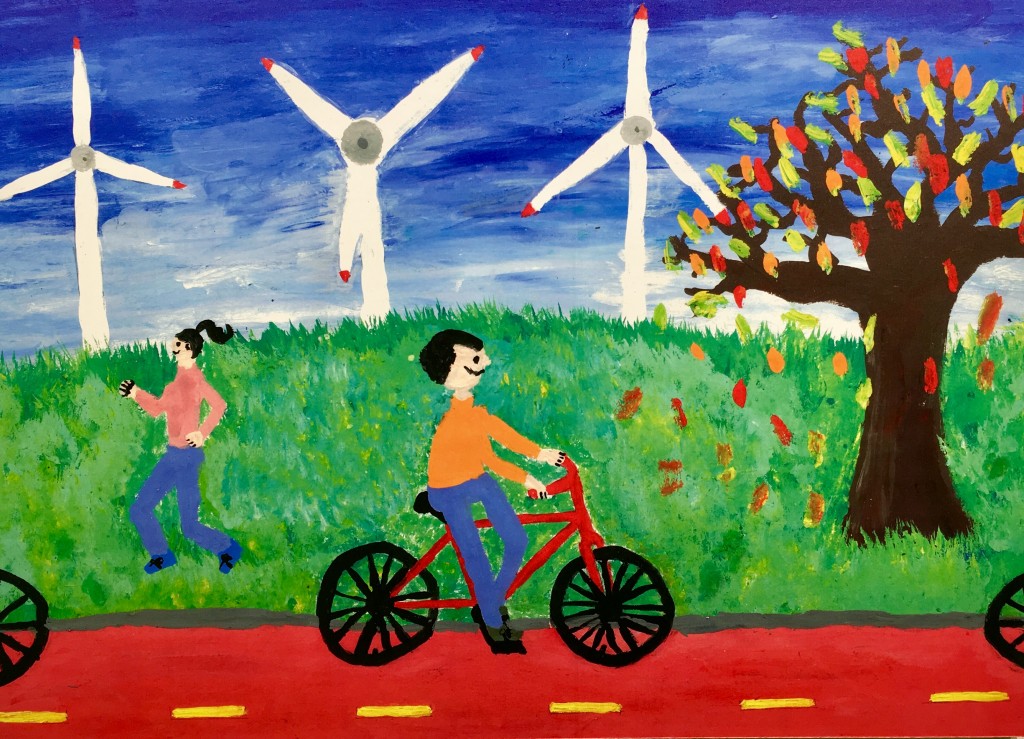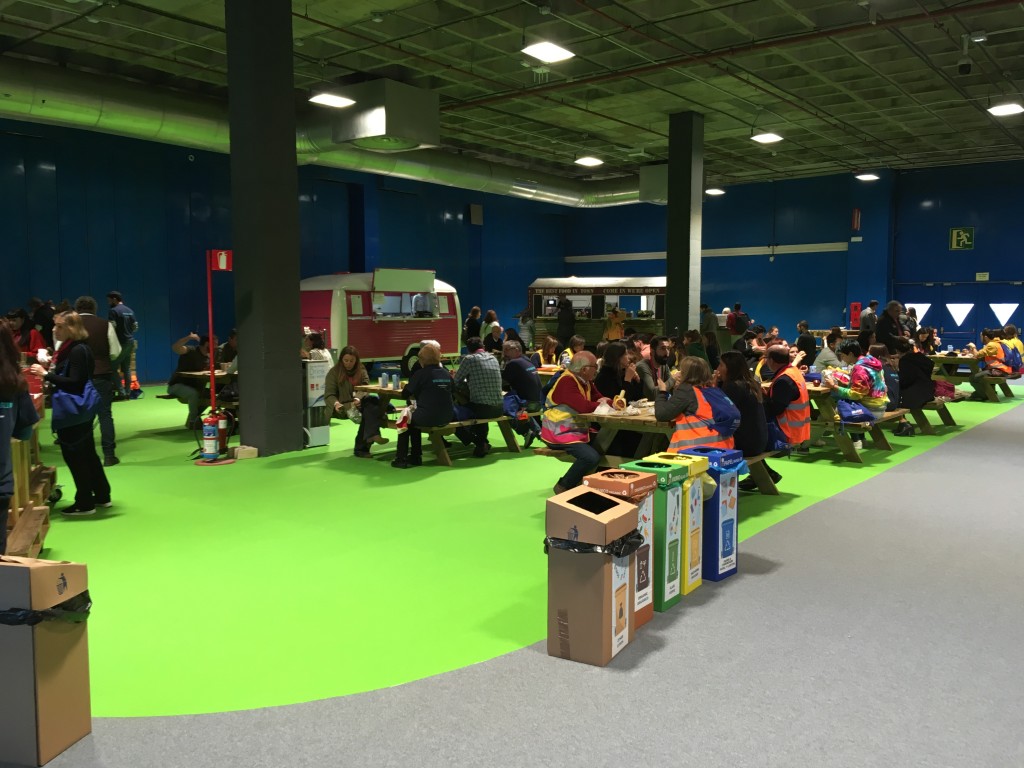Today I attended the Article 6 informal negotiations, a side event on Article 6 and decarbonizing the energy sector, and a side event on climate finance. The Article 6 negotiations were extremely well-attended — negotiators and observers filled the big plenary hall, and there were also lots of people interested in the finance panel. Several panelists in the finance panel pushed for more climate finance to be delivered through multilateral development banks. (The US is a donor to five of these: the World Bank, the African Development Bank, the Asian Development Bank, the European Bank for Reconstruction and Development, and the Inter-American Development Bank.) The argument was that these have been the most effective in mobilizing climate finance so far, and that they can move quickly using existing institutional knowledge and relationships. At the same time these entities can have conflicting priorities and varying mandates, so it seems that this might make more sense as a complement to mechanisms like the GEF, GCF, Adaptation Fund and (eventually?) a fund for loss and damage.

I also got a chance to visit the Green Zone, which is the area with broader access than the Blue Zone where negotiations, official side events, and pavilions are hosted. This area turned out to be a very corporate and sanitized space, meant for engagement with Spanish society. I saw lots of school groups, a VR headset exhibit, and an exhibit of children’s art and letters that had been sent over from Chile.

Wow, that Green Zone seems a little disappointing. I’m still tracking the colors: Blue Zone versus Green Zone. I wonder whether/imagine that the Green Zone would have been much more politically engaged and engaging if the COP had remained in Santiago. So perhaps this corporate, sanitized Green Zone is a knock-on effect of the government shut down of civil unrest in Santiago–not unrelated to issues of climate change and larger societal inequalities.